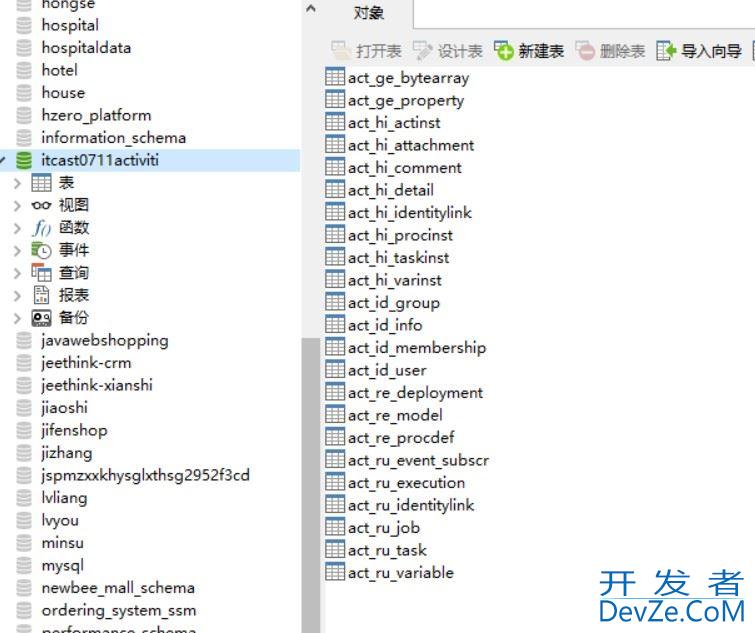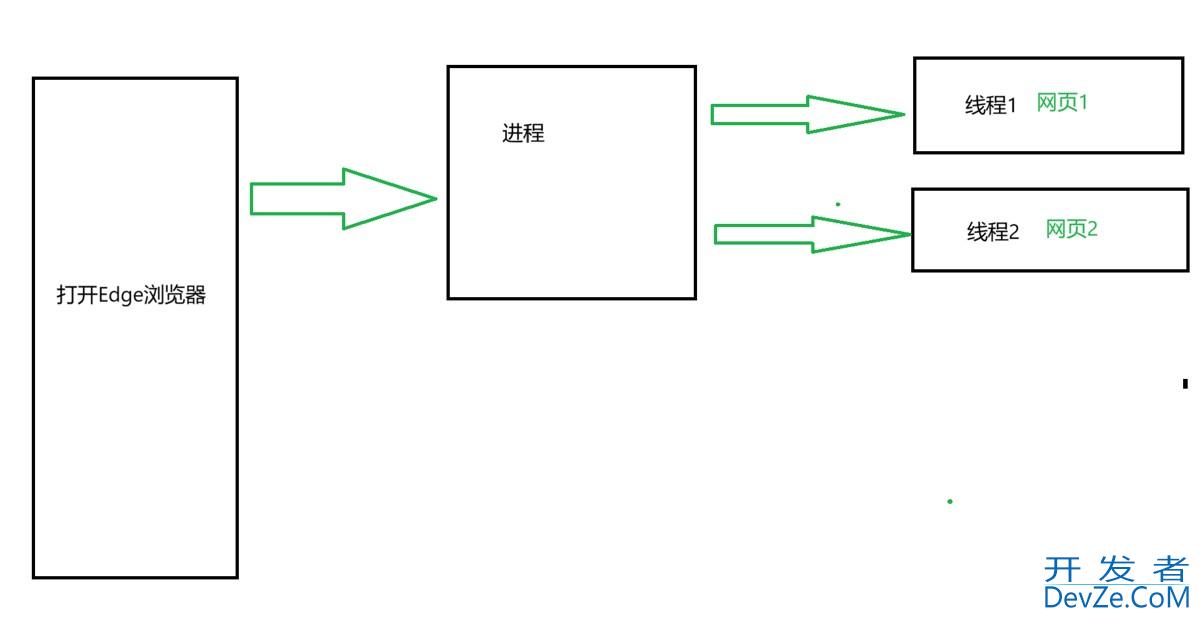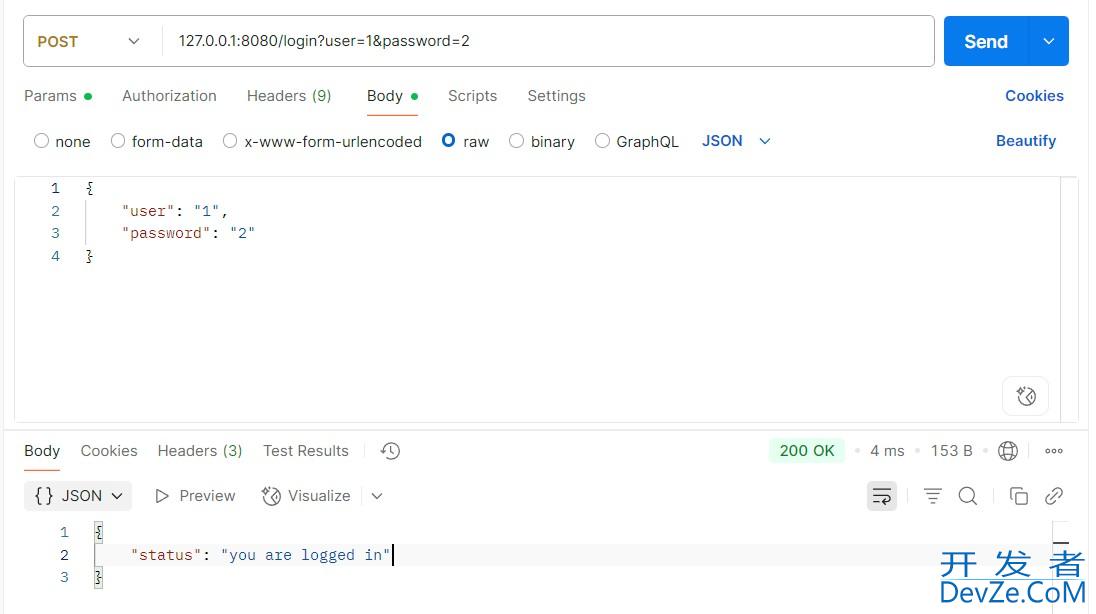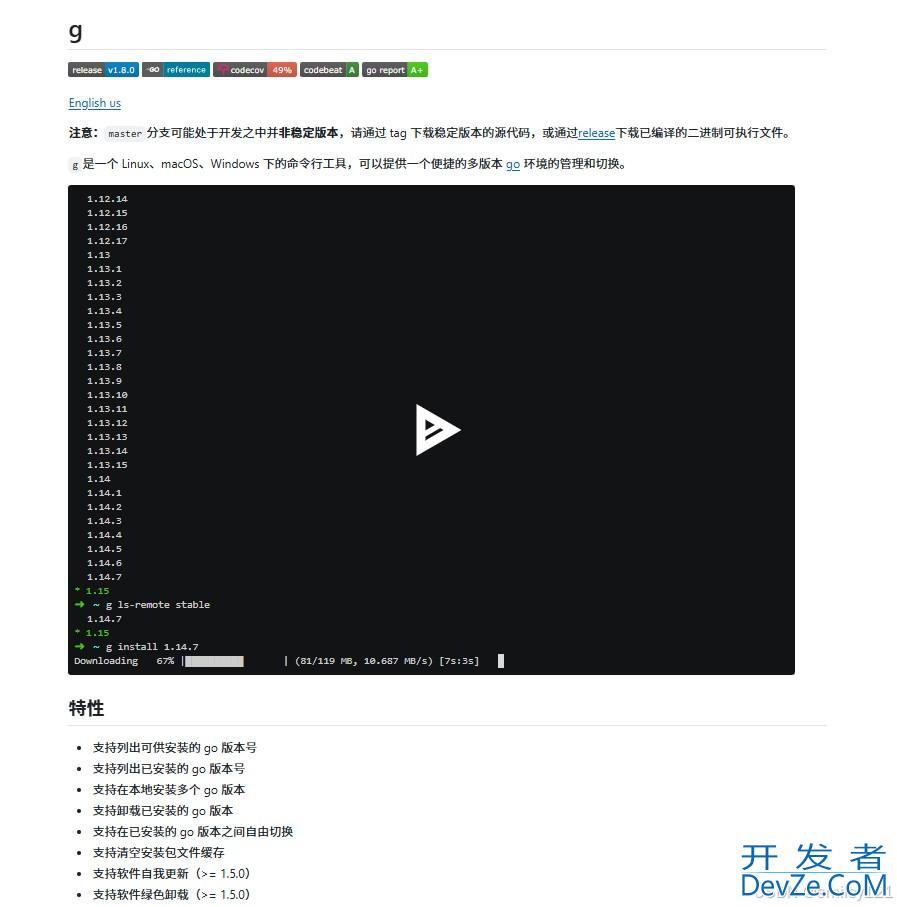目录
- 引言:打破语言边界的必要性
- 方法一:Runtime.exec() 直接调用
- 基本原理
- 高级用法
- 优缺点分析
- 方法二:ProcessBuilder 增强控制
- 核心改进
- 关键特性
- 方法三:Jython - python的Java实现
- 架构原理
- 集成步骤
- 限制与注意事项
- 方法四:JPype - Python与JVM的桥梁
- 技术原理
- 详细配置
- 性能优化技巧
- 方法五:REST API 微服务架构
- 系统架构设计
- Python服务端实现(FastAPI示例)
- Java客户端实现
- 高级特性
- 方法六:gRPC跨语言服务调用(补充)
- Protocol Buffers定义
- Python服务端实现
- Java客户端实现
- 性能对比与选型指南
- 基准测试数据(仅供参考)
- 决策树模型
- 安全最佳实践
- 调试与问题排查
- 常见问题解决方案
- 调试工具推荐
- 未来演进:GraalVM的多语言愿景
- 结语:技术选型的艺术
引言:打破语言边界的必要性
在当今多语言共存的开发环境中,Java与Python作为两大主流语言各有优势:Java在企业级应用、高并发场景表现卓越,而Python在数据分析、机器学习领域独占鳌头。本文将深入探讨5种Java调用Python的方法,帮助开发者实现技术栈的优势互补。
方法一:Runtime.exec() 直接调用
基本原理
Runtime.exec()是Java标准库提供的直接执行系统命令的API,可通过android命令行方式调用Python脚本。
// 基础调用示例
public class RuntimeExecExample {
public static void main(String[] args) throws IOException, InterruptedException {
Process process = Runtime.getRuntime().exec("python /path/to/script.py arg1 arg2");
// 获取输出流
BufferedReader reader = new BufferedReader(
new InputStreamReader(process.getInputStream()));
String line;
while ((line = reader.readLine()) != null) {
System.out.println(line);
}
// 等待进程结束
int exitCode = process.waitFor();
System.out.println("Exit code: " + exitCode);
}
}
高级用法
- 环境控制:指定Python环境路径
String[] command = {
"/usr/local/bin/python3", // 指定Python解释器路径
"/path/to/script.py",
"param1",
"param2"
};
Process process = Runtime.getRuntime().exec(command);
- 错误流处理:
BufferedReader errorReader = new BufferedReader(
new InputStreamReader(process.getErrorStream()));
while ((line = errorReader.readLine()) != null) {
System.err.println("ERROR: " + line);
}
- 输入流交互:
Bufferedwriter writer = new BufferedWriter(
new OutputStreamWriter(process.getOutputStream()));
writer.write("input data");
writer.newLine();
writer.flush();
优缺点分析
优点:
- 实现简单,无需额外依赖
- 适合简单脚本调用
- 可跨平台(需处理路径差异)
缺点:
- 性能开销大(每次调用都启动新进程)
- 参数传递受限(需序列化为字符串)
- 错误处理复杂
方法二:ProcessBuilder 增强控制
核心改进
ProcessBuilder相比Runtime.exec()提供了更精细的进程控制:
public class ProcessBuilderExample {
public static void main(String[] args) throws Exception {
ProcessBuilder pb = new ProcessBuilder(
"python",
"/path/to/script.py",
"--input=data.json",
"--output=result.json");
// 设置工作目录
pb.directory(new File("/project/root"));
// 合并错误流到标准输出
pb.redirectErrorStream(true);
// 环境变量配置
Map<String, String> env = pb.environment();
env.put("PYTHONPATH", "/custom/modules");
Process process = pb.start();
// 输出处理(同Runtime.exec)
// ...
}
}
关键特性
- 环境隔离:可为每个进程设置独立环境变量
- 工作目录:精确控制脚本执行路径
- 流重定向:支持文件重定向
// 将输出重定向到文件
pb.redirectOutput(new File("output.log"));
- 超时控制:
if (!process.waitFor(30, TimeUnit.SECONDS)) {
process.destroyForcibly();
throw new TimeoutException();
}
方法三:Jython - Python的Java实现
架构原理
Jython是将Python解释器用Java重新实现的解决方案,允许Python代码直接在JVM上运行。
集成步骤
- 添加Maven依赖:
<dependency>
<groupId>org.python</groupId>
<artifactId>jython-standalone</artifactId>
<version>2.7.2</version>
</dependency>
- 直接执行Python代码:
import org.python.util.PythonInthttp://www.devze.comerpreter;
public class JythonExample {
public static void main(String[] args) {
PythonInterpreter interpreter = new PythonInterpreter();
interpreter.exec("print('Hello from Python!')");
interpreter.exec("import sys\nprint(sys.version)");
}
}
- 变量交互:
interpreter.set("java_var", "Data from Java");
interpreter.exec("python_var = java_var.upper()");
String result = interpreter.get("python_var", String.class);
限制与注意事项
- 仅支持Python 2.7语法
- 无法使用基于C的Python扩展库(如NumPy)
- 性能低于原生CPython
- 适合场景:简单脚本、已有Python 2.7代码集成
方法四http://www.devze.com:JPype - Python与JVM的桥梁
技术原理
JPype通过JNI技术实现Java与Python的双向调用,保持双方原生运行环境。
详细配置
- 安装JPype:
pip install JPype1
- Java端准备接口:
public interface Calculator {
double calculate(double[] inputs);
}
public class JavaApp {
public static void usePythonImpl(Calculator calc) {
double result = calc.calculate(new double[]{1.2, 3.4});
System.out.println("Result: " + result);
}
}
- Python端实现:
from jpype import JImplements, JOverride
@JImplements("com.example.Calculator")
class PyCalculator:
@JOverride
def calculate(self, inputs):
import numpy as np
return np.mean(inputs) * 2
if __name__ == "__main__":
import jpype
jpype.startJVM(classpath=["/path/to/your.jar"])
from java.lang import System
System.out.println("Calling from Python!")
from com.example import JavaApp
JavaApp.usePythonImpl(PyCalculator())
jpype.shutdownJVM()
性能优化技巧
- JVM参数调整:
jpype.startJVM(
"-Xms1G",
"-Xmx4G",
"-Djava.class.path=/path/to/classes")
- 批量数据传输:避免频繁跨语言调用
- 类型映射优化:使用原生类型而非包装类
方法五:REST API 微服务架构
系统架构设计
Java App (HTTP Client) <-- REST --> Python Service (FastAPI/Flask)
Python服务端实现(FastAPI示例)
from fastapi import FastAPI
import numpy as np
app = FastAPI()
@app.post("/calculate")
async def calculate(data: dict):
arr = np.array(data["values"])
return {"result": float(np.mean(arr) * 2)}
if __name__ == "__main__":
import uvicorn
uvicorn.run(app, host="0.0.0.0", port=8000)
Java客户端实现
- 使用Spring WebClient:
import org.springframework.web.reactive.function.client.WebClient;
import reactor.core.publisher.Mono;
public class ApiClient {
private final WebClient webClient;
public ApiClient(String baseUrl) {
this.webClient = WebClient.create(baseUrl);
}
public Mono<Double> calculate(double[] inputs) {
return webClient.post()
.uri("/calculate")
.bodyValue(Map.of("values", inputs))
.retrieve()
.bodyToMono(Map.class)
.map(response -> (Double) response.get("result"));
}
}
- 同步调用适配:
public double syncCalculate(double[] inputs) {
return calculate(inputs).block(Duration.ofSeconds(30));
}
高级特性
- 负载均衡:集成服务发现(Eureka/Nacos)
- 容错机制:断路器模式(Resilience4j)
- 性能优化:
- 连接池配置
- 请求压缩
- 批处理API设计
方法六:gRPC跨语言服务调用(补充)
Protocol Buffers定义
syntax = "proto3";
service Calculator {
rpc Calculate (CalculationRequest) returns (CalculationResponse);
}
message CalculationRequest {
repeated double inputs = 1;
}
message CalculationResponse {
double result = 1;
}
Python服务端实现
from concurrent import futures
import grpc
import calculator_pb2
import calculator_pb2_grpc
import numpy as np
class CalculatorServicer(calculator_pb2_grpc.CalculatorServicer):
def Calculate(self, request, context):
arr = np.array(request.inputs)
return calculator_pb2.CalculationResponse(result=float(np.mean(arr)*2))
def serve():
server = grpc.server(futures.ThreadPoolExecutor(max_workers=10))
calculator_pb2_grpc.add_CalculatorServicer_to_server(
CalculatorServicer(), server)
server.add_insecure_port('[::]:50051')
server.start()
server.wait_for_termination()
Java客户端实现
import io.grpc.ManagedChannel;
import io.grpc.ManagedChannelBuilder;
public class GrpcClient {
private final CalculatorGrpc.CalculatorBlockingStub stub;
public GrpcClient(String host, int port) {
ManagedChannel channel = ManagedChannelBuilder.forAddress(host, port)
.usePlaintext()
.build();
this.stub = CalculatorGrpc.newBlockingStub(channel);
}
public double calculate(douandroidble[] inputs) {
CalculationRequest request = CalculationRequest.newBuilder()
.addAllInputs(Arrays.stream(inputs).boxed().collect(Collectors.toList()))
.build();
CalculationResponse response = stub.calculate(request);
return response.getResult();
}
}
性能对比与选型指南
基准测试数据(仅供参考)
| 方法 | 调用延迟 | 吞吐量 | 开发复杂度 | 适用场景 |
|---|---|---|---|---|
| Runtime.exec() | 高(100-500ms) | 低 | 低 | 简单脚本调用 |
| ProcessBuilder | 高(100-500ms) | 中 | 中 | 需要环境控制的调用 |
| Jython | 中(50-100ms) | 中 | 中 | Python 2.7简单逻辑 |
| JPype | 低(5-20ms) | 高 | 高 | 高性能紧密集成 |
| REST API | 中(20-100ms) | 中高 | 中 | 跨网络服务调用 |
| gRPC | 低(5-30ms) | 高 | 高 | 高性能微服务 |
决策树模型
- 是否需要Python 3+特性?
- 是 → 排除Jython
- 是否需要高性能?
- 是 → 考虑JPype或gRPC
- 是否需要简单实现?
- 是 → 选择Runtime.exec或REST API
- 是否需要双向调用?
- 是 → JPype是最佳选择
- 是否跨网络部署?
- 是 → REST API或gRPC
安全最佳实践
进程调用安全:
- 校验Python脚本路径
- 过滤命令行参数
if (!scriptPath.startsWith("/safe/directory/")) { throw new SecurityException("Invalid script path"); }API安全:
- HTTPS加密
- JWT认证
- 输入验证
JVM安全:
- 设置安全策略
jpype.startJVM("-Djava.security.manager", "-Djava.security.policy==/path/to/policy")沙箱环境:
- 使用docker容器隔离执行
ProcessBuilder pb = new ProcessBuilder( "docker", "run", "--rm", "python-image", "python", "/mnt/script.py");
调试与问题排查
常见问题解决方案
Python路径问题:
- 使用绝对路径
- 检查系统PATH环境变量
模块导入错误:
- 设置PYTHONPATH
pb.environment().put("PYTHONPATH", "/custom/modules");版本冲突:
- 明确指定Python版本
ProcessBuilder pb = new ProcessBuilder( "python3.8", "/path/to/script.py");内存泄漏:
- JPype及时关闭JVM
- gRPC正确关闭Channel
调试工具推荐
日志增强:
import logging logging.basicConfig(level=logging.DEBUG)
Java调试:
- 远程调试JVM
- JConsole监控
网络分析:
- Wireshark抓包
- Postman测试API
未来演进:GraalVM的多语言愿景
GraalVM的Polyglot特性为Java-Python互操作提供了新可能:
import org.graalvm.polyglot.*;
public class GraalExample {
public static void main(String[] args) {
try (Context context = Context.create()) {
// 直接执行Python代码
Value result = contewww.devze.comxt.eval("python",
"import math\n" +
"math.sqrt(256)");
System.out.println(result.asDouble());
// 变量传递
context.getBindings("python").putMember("java_data", 100);
context.eval("python", "python_data = java_data * 2");
Value pythonData = context.getBindings("python").getMember("python_data");
System.out.println(pythonData.asInt());
}
}
}
优势:
- 真正的原生Python 3支持
- 低开销的跨语言调用
- 统一的运行时环境
当前限制:
- 对科学计算库支持尚不完善
- 需要额外配置
结语:技术选型的艺术
Java调用Python的各种方法各有千秋,没有绝对的"最佳方案"。在实际项目中建议:
- 原型阶段:使用Runtime.exec快速验证
- 生产环境简单调用:采用REST API确保隔离性
- 高性能需求:评估JPype或gRPC
- 长期复杂集成:考虑GraalVM等新兴技术
关键成功因素:
- 明确集成需求边界
- 建立完善的错误处理机制
- 实施全面的性能测试
- 制定清晰的维护策略
随着多语言编程成为常态,掌握跨语言集成技术将成为高级开发者的必备技能。希望本文能为您在Java与Python的协同开发之路上提供有价值的指引。
到此这篇关于Java调用Python的5种方式的文章就介绍到这了,更多相关Java调用Python5种方式内容请搜索编程客栈(www.devze.com)以前的文章或继续浏览下面的相关文章希望大家以后多多支持编程客栈(www.devze.com)!








 加载中,请稍侯......
加载中,请稍侯......
精彩评论